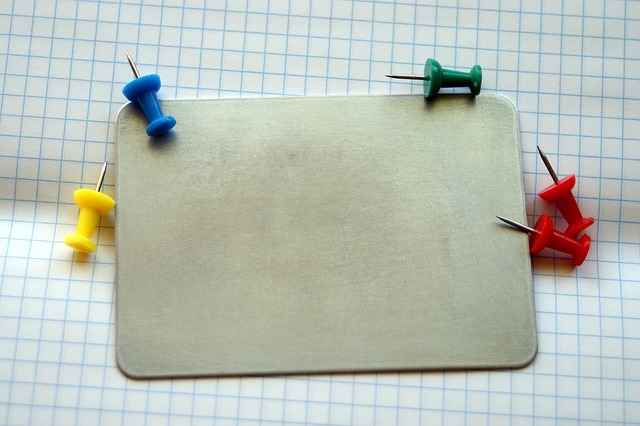Introduction to Lafora Disease

Lafora disease (LD) is a devastating, inherited neurodegenerative disorder classified as a progressive myoclonic epilepsy. Its hallmark is the accumulation of abnormal glycogen clumps, called Lafora bodies (LBs), primarily within neurons, but also in other tissues like muscle and liver. This buildup leads to severe seizures, cognitive decline, and ultimately, premature death. Understanding how these LBs form due to flawed glycogen metabolism is the key to unlocking effective treatments.
Glycogen Metabolism: A Primer
Glycogen, our body's quick-access energy reserve, is essentially branched chains of glucose molecules. Think of it like a tree: glycogen synthase (GS) extends the main 'trunk' and branches by adding glucose units, while glycogen phosphorylase (GP) snips off glucose units for energy. Crucially, branching enzyme (BE) creates the α-1,6-glycosidic branches, making the glycogen molecule soluble and compact, while debranching enzyme (DBE) helps disassemble it. In Lafora disease, this delicate process goes awry. Faulty regulation leads to glycogen that is poorly branched and excessively phosphorylated, rendering it insoluble and prone to clumping into toxic Lafora bodies (LBs).
# Simplified conceptual representation of glycogen synthesis
# Note: This is highly simplified for illustration and doesn't capture biological complexity.
# GS: Glycogen Synthase, BE: Branching Enzyme
def illustrative_glycogen_build(glucose_units, initial_glycogen):
glycogen_chain = list(initial_glycogen) # Start with an initial structure
for unit in glucose_units:
# GS action: Add glucose unit
glycogen_chain.append(unit)
# BE action (simplified): Branch periodically for solubility
if len(glycogen_chain) > 1 and len(glycogen_chain) % 10 == 0:
# In reality, branching is complex, not just periodic
print(f"Conceptual branch point added at length {len(glycogen_chain)}")
# In LD, issues lead to fewer branches and insolubility
return glycogen_chainIn healthy cells, glycogen metabolism is tightly controlled to maintain energy balance and prevent harmful accumulations. The disruption of this control, specifically involving the proteins laforin and malin, lies at the heart of Lafora disease pathogenesis.
The Critical Roles of Laforin and Malin

Two key proteins, laforin (a dual-specificity phosphatase) and malin (an E3 ubiquitin ligase), act as crucial regulators of glycogen metabolism, often working together in a complex. They help control the activity and turnover of enzymes like glycogen synthase through processes like dephosphorylation (removing phosphate groups) and ubiquitination (tagging for degradation). When mutations occur in the genes coding for these proteins (*EPM2A* for laforin, *NHLRC1* for malin), this essential regulatory system breaks down, directly contributing to the formation of Lafora bodies.
How Lafora Bodies Form
While the exact sequence is still being mapped out, a leading hypothesis suggests that without functional laforin and malin, key enzymes like glycogen synthase become hyperphosphorylated. This state might make the enzyme overly active or resistant to normal cellular cleanup, leading to the production of long, poorly branched glycogen chains. Imagine a tree with too few branches – it becomes unwieldy, unstable, and insoluble. This abnormal glycogen precipitates, forming the problematic LBs. Furthermore, the cell's own waste disposal systems (autophagy and proteasomal degradation) may become overwhelmed or impaired, failing to clear these toxic clumps effectively.
Current Research and Therapeutic Strategies
Intense research focuses on both deciphering the precise molecular damage caused by LBs and developing effective treatments. Promising therapeutic strategies being explored include: 1) **Enzyme replacement therapy** to supply functional laforin or malin; 2) **Gene therapy** to correct the faulty *EPM2A* or *NHLRC1* genes; 3) **Small molecule drugs** designed to inhibit glycogen synthesis, prevent LB formation, or enhance their breakdown; and 4) **Boosting cellular cleanup pathways** like autophagy to help clear accumulated LBs.
Further Reading and Research
To delve deeper into Lafora Disease, glycogen metabolism, and ongoing research, consider exploring the scientific literature and resources from patient advocacy groups. The following publications offer valuable insights: